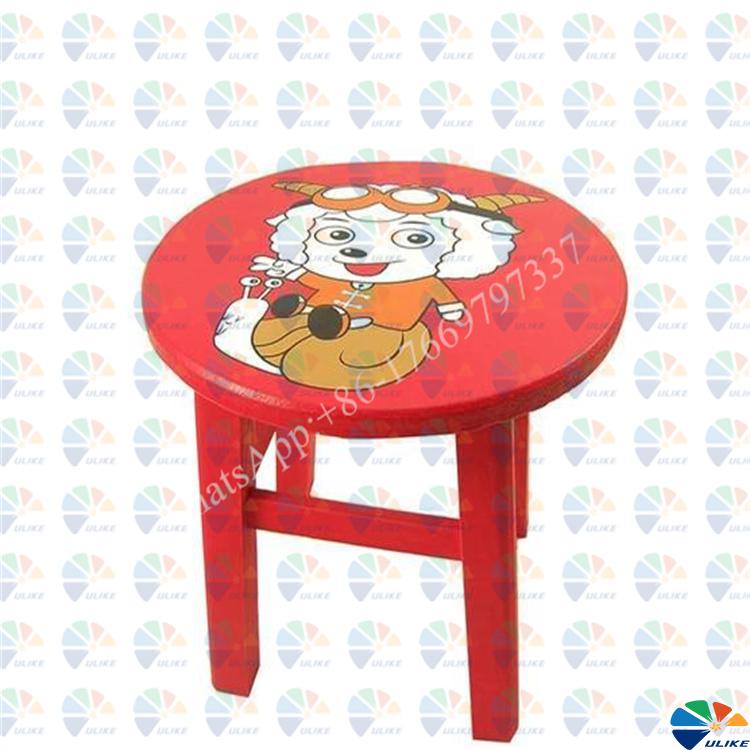Development overview, composition structure, production links and functions of thermal transfer film
Development overview, composition structure, production links and functions of
thermal transfer film
1 Development overview of
thermal transfer film
Since the 1980s, thermal transfer film has been introduced from abroad to China. It has a wide variety of patterns and can be formulated according to customer requirements. Due to its own quality limitations, after the efforts of many companies, new processes have been continuously improved, processes have been streamlined, and quality has been improved.
Due to its excellent quality and personalized pattern services, it has been recognized by many manufacturers and has been widely used.
Thermal transfer film transfer effect diagram
2 Composition structure of
thermal transfer film
Thermal transfer film is mainly composed of 4 components, generally including base layer, release layer, ink layer, glue layer, etc. Each coating plays its own role and affects each other.
1. Base layer: mainly uses
PET film as its base film
2. Release layer: It has detachability and plays a key role in the detachment of the pattern from the base film during transfer.
3. Ink layer: It is made by mixing ink according to the color of the customer's pattern and printing it.
4. Glue layer: It is related to the adhesion of the transfer pattern. If it is used improperly, the pattern may not be printed.
3. The production process of thermal transfer film
The production process of thermal transfer film can be simply divided into these six steps
1. Coating the blank film
2. Cut the blank film according to the corresponding specifications
3. Print the ink and form the pattern the customer wants on the film.
4. Apply glue and dry the flower film
5. Carefully check the quality of the thermal transfer film
6. Carry out the striping process
7. Attach labels, protect the product and pack it
4. The role of
thermal transfer film
1. Protect the surface of the product and prevent the product from being scratched.
2. Decorate the product, improve the appearance of the product, and increase the added value of the substrate.
3. The transferred product has clear pictures and texts, is durable and washable, and is not easy to fade and corrode after long-term use.
4. It can cover the product and form an excellent barrier between the pattern and the base color of the substrate, so that the printed pattern can be perfectly reproduced.
![af]() Afrikaans
Afrikaans![sq]() Albanian
Albanian![am]() Amharic
Amharic![ar]() Arabic
Arabic![fr]() French
French![es]() Spanish
Spanish![ru]() Russian
Russian![de]() German
German![hy]() Armenian
Armenian![it]() Italian
Italian![ja]() Japanese
Japanese![ko]() Korean
Korean![pt]() Portuguese
Portuguese![hi]() Hindi
Hindi![az]() Azerbaijani
Azerbaijani![ro]() Romanian
Romanian![pl]() Polish
Polish![th]() Thai
Thai![el]() Greek
Greek![eu]() Basque
Basque![en]() English
English![zh-CN]() Chinese (Simplified)
Chinese (Simplified)![zh-TW]() Chinese (Traditional)
Chinese (Traditional)![be]() Belarusian
Belarusian![bn]() Bengali
Bengali![bs]() Bosnian
Bosnian![bg]() Bulgarian
Bulgarian![ca]() Catalan
Catalan![ceb]() Cebuano
Cebuano![ny]() Chichewa
Chichewa![co]() Corsican
Corsican![hr]() Croatian
Croatian![cs]() Czech
Czech![da]() Danish
Danish![nl]() Dutch
Dutch![eo]() Esperanto
Esperanto![et]() Estonian
Estonian![tl]() Filipino
Filipino![fi]() Finnish
Finnish![fy]() Frisian
Frisian![gl]() Galician
Galician![ka]() Georgian
Georgian![gu]() Gujarati
Gujarati![ht]() Haitian Creole
Haitian Creole![ha]() Hausa
Hausa![haw]() Hawaiian
Hawaiian![iw]() Hebrew
Hebrew![hmn]() Hmong
Hmong![hu]() Hungarian
Hungarian![is]() Icelandic
Icelandic![ig]() Igbo
Igbo![id]() Indonesian
Indonesian![ga]() Irish
Irish![jw]() Javanese
Javanese![kn]() Kannada
Kannada![kk]() Kazakh
Kazakh![km]() Khmer
Khmer![ku]() Kurdish (Kurmanji)
Kurdish (Kurmanji)![ky]() Kyrgyz
Kyrgyz![lo]() Lao
Lao![la]() Latin
Latin![lv]() Latvian
Latvian![lt]() Lithuanian
Lithuanian![lb]() Luxembourgish
Luxembourgish![mk]() Macedonian
Macedonian![mg]() Malagasy
Malagasy![ms]() Malay
Malay![ml]() Malayalam
Malayalam![mt]() Maltese
Maltese![mi]() Maori
Maori![mr]() Marathi
Marathi![mn]() Mongolian
Mongolian![my]() Myanmar (Burmese)
Myanmar (Burmese)![ne]() Nepali
Nepali![no]() Norwegian
Norwegian![ps]() Pashto
Pashto![fa]() Persian
Persian![pa]() Punjabi
Punjabi![sm]() Samoan
Samoan![gd]() Scottish Gaelic
Scottish Gaelic![sr]() Serbian
Serbian![st]() Sesotho
Sesotho![sn]() Shona
Shona![sd]() Sindhi
Sindhi![si]() Sinhala
Sinhala![sk]() Slovak
Slovak![sl]() Slovenian
Slovenian![so]() Somali
Somali![su]() Sudanese
Sudanese![sw]() Swahili
Swahili![sv]() Swedish
Swedish![tg]() Tajik
Tajik![ta]() Tamil
Tamil![te]() Telugu
Telugu![tr]() Turkish
Turkish![uk]() Ukrainian
Ukrainian![ur]() Urdu
Urdu![uz]() Uzbek
Uzbek![vi]() Vietnamese
Vietnamese![cy]() Welsh
Welsh![xh]() Xhosa
Xhosa![yi]() Yiddish
Yiddish![yo]() Yoruba
Yoruba![zu]() Zulu
Zulu


